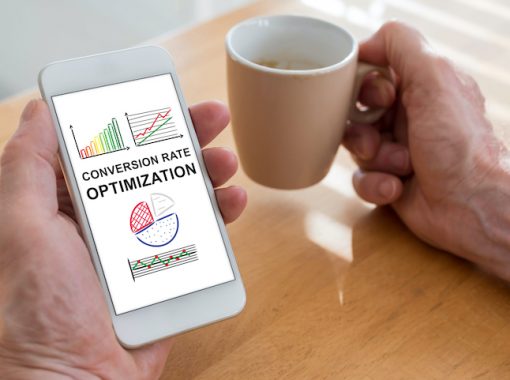Small business owners are constantly mindful of their marketing and operations budgets. They’re always looking to see what’s driving the most revenue and where they can cut costs to stay on track.
If you’re struggling to understand the return on investment (ROI) of your business marketing efforts or need to better juggle operational costs, consider adding call tracking capabilities to your company.
Call tracking features provide small business owners with benefits, such as:
1. Identifying Peak Call Hours
Businesses that rely on phone leads or offer a number for customer service must first identify their peak call hours.
During these hours, there must be enough staff on hand to handle the calls and execute other related tasks. Of course, more people on staff means more labor costs, which leads to additional operational costs. Having a full understanding of your peak call times enables you to staff your company accordingly and manage operational costs simultaneously.
Plus, by staffing your company appropriately throughout the day, your customers will never be stuck on hold for long periods! After all, Hubspot’s research team found that 33% of customers are most frustrated by having to wait on hold when calling a business.
By knowing your busiest call times, you can also adjust your marketing efforts to match these periods. Schedule social media posts and email newsletters or increase your PPC bids for specific times of the day and week.
2. Measuring ROI
Online marketing channels, such as social media and pay-per-click advertising, provide business owners with performance metrics in the form of clicks, sales, and impressions.
However, after interacting with an email or online ad, customers may elect to call your company rather than submit an online form. Some customers prefer to speak with a representative before taking the next step in the purchase process. With this in mind, online insights are not a comprehensive view of a marketing channel’s true ROI.
Small business owners also invest in offline promotional avenues, including print marketing, events, and local sponsorships.
To accurately measure the ROI of these offline tactics, business owners can generate and utilize specific vanity numbers for each print piece or event. When customers call those numbers, you’ll know exactly how the customer found your business.
3. Pinpointing Successful Marketing Channels
In addition to correctly measuring ROI, call tracking enables business owners to identify which marketing channels are driving the most results and revenue for the business.
For instance, without a toll-free or vanity number, your business could be driving phone leads from a social media advertising strategy without even knowing it! When you add a call tracking number to your digital marketing channels, you’ll be able to see which channels are driving the most online and offline success.
4. Understanding Customer Needs and Concerns
Call tracking services such as 800.com offer beneficial features like call recording. Through this feature and call categorization and tagging, business owners can garner better insight into their target market’s needs, concerns, and questions by listening to completed conversations.
Use what you learn from these customer calls to inform your product, marketing, and overall strategies moving forward.
5. Recovering Lost Leads
Isn’t it frustrating when a phone lead doesn’t convert into a prospect or a paying customer? After you hang up, all you have is the phone number and whatever notes you managed to jot down during the call.
Call tracking enables business owners and sales professionals to replay calls and review why the lead did not convert. Using this contextual information, you can either see what you can do to recover the lead or transform your internal processes to avoid that situation in the future.
Also, call tracking platforms allow you to tag and categorize calls. Create a category for lost leads and monitor future activity from these individuals. If and when the time feels right, reach out again and see if you can reclaim the sale.
6. Improving Customer Service Efforts
While product quality and availability are key factors in a purchase decision, 90% of Americans also rank customer service as a pivotal factor in deciding whether to do business with a company.
A study by Glance found that it takes approximately 12 positive customer experiences to rectify one negative experience.
If you believe your business has a customer service issue, use call tracking to see your internal processes in action. Through metrics, such as call volume and call length, you can see how long your team is spending on the phone with customers and how many calls are being answered. And, by reviewing call recordings, you can determine if there is any miscommunication or gap in the customer service process.
Use the qualitative and quantitative data garnered from call tracking to improve your team’s processes and provide better service for customers.
How will your small business benefit from call tracking?
No matter what problem you may be looking to solve, adding a call tracking service to your business does the trick. Whether you need to determine which marketing channels are driving the most revenue or want to identify gaps in your customer service processes, call tracking can help.











